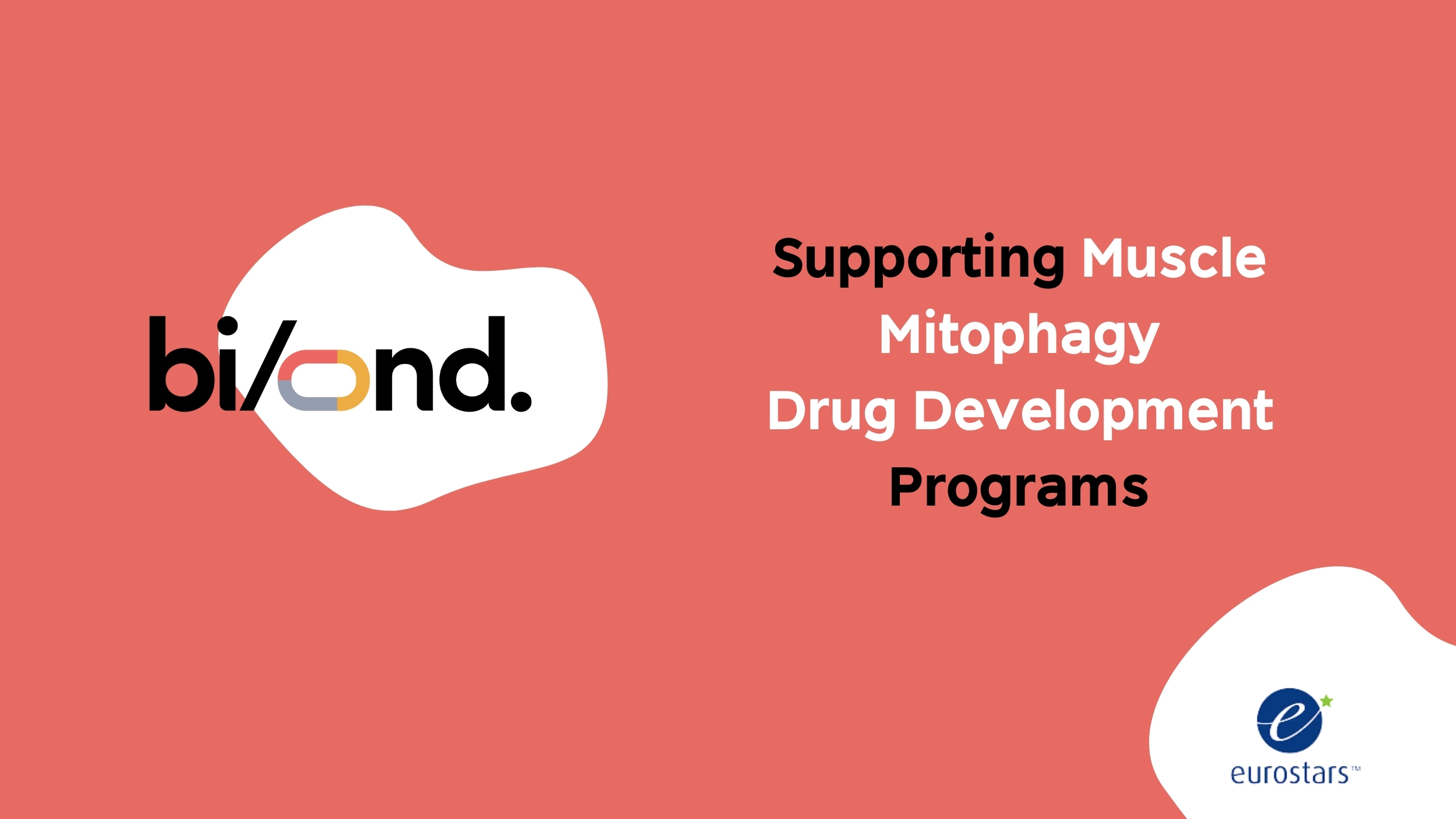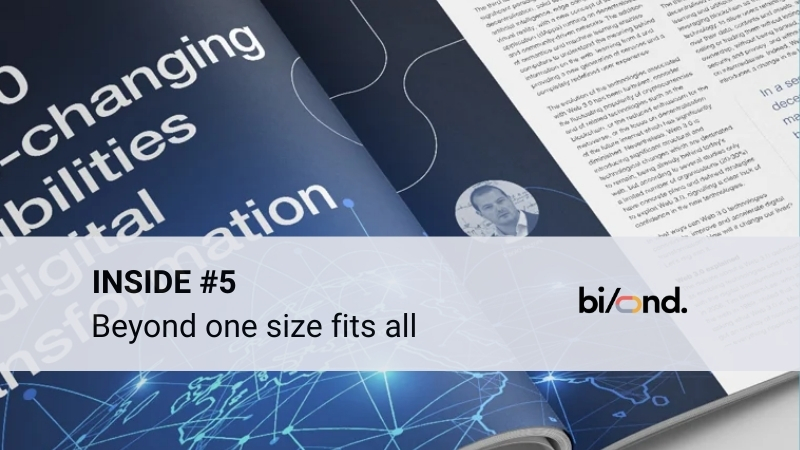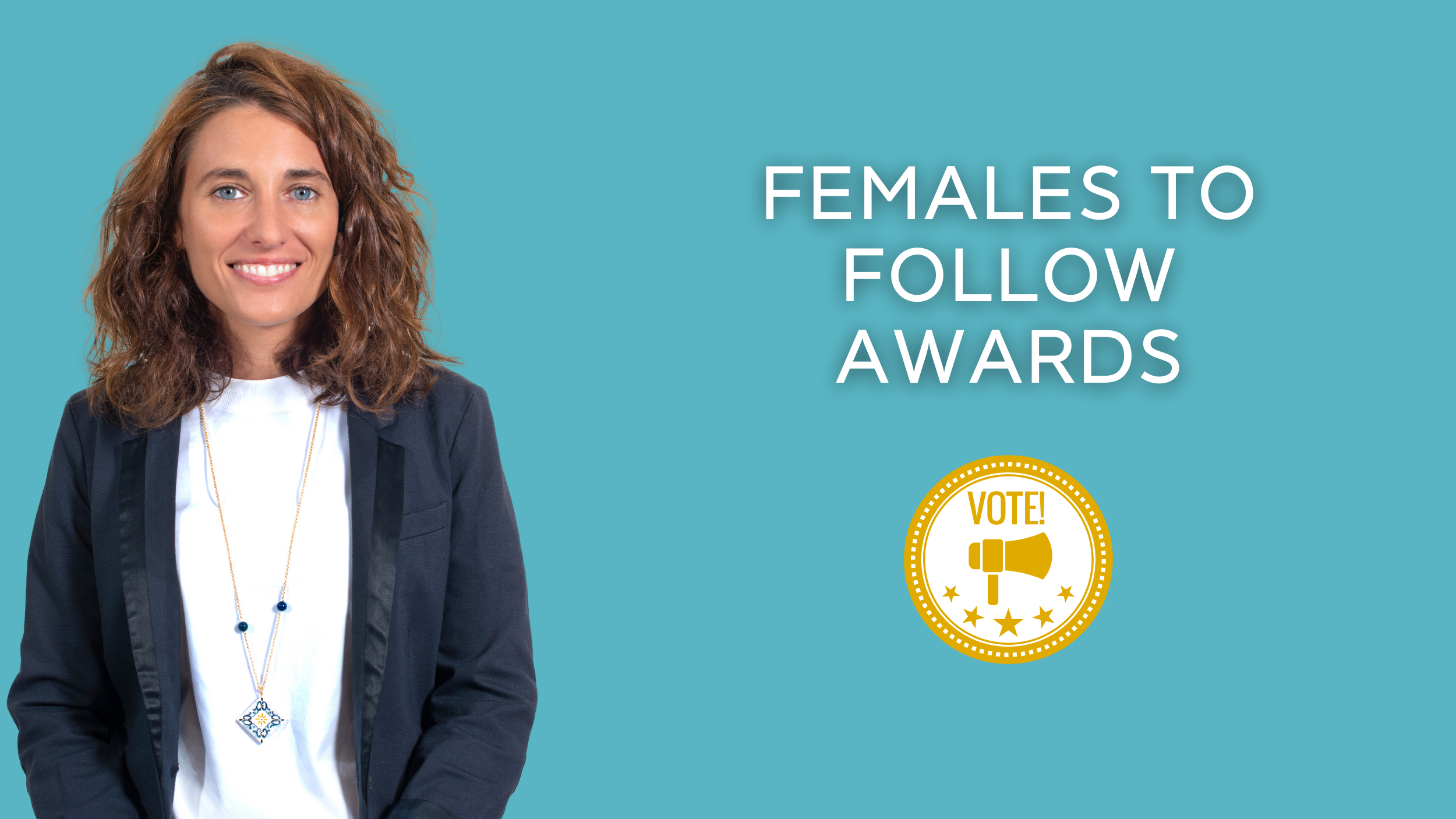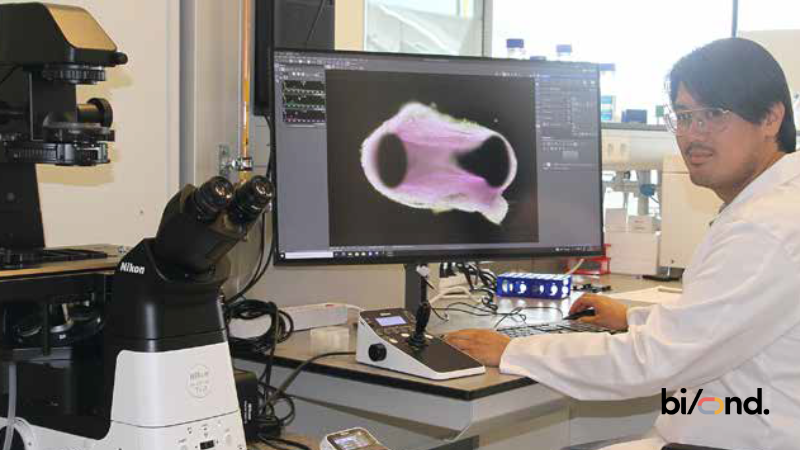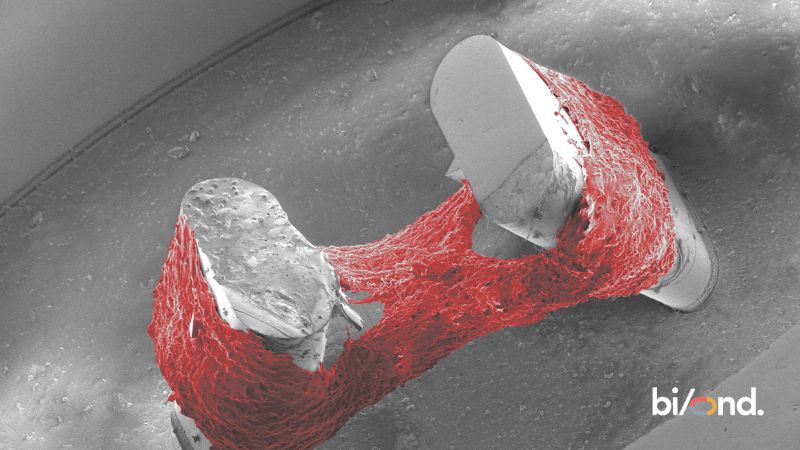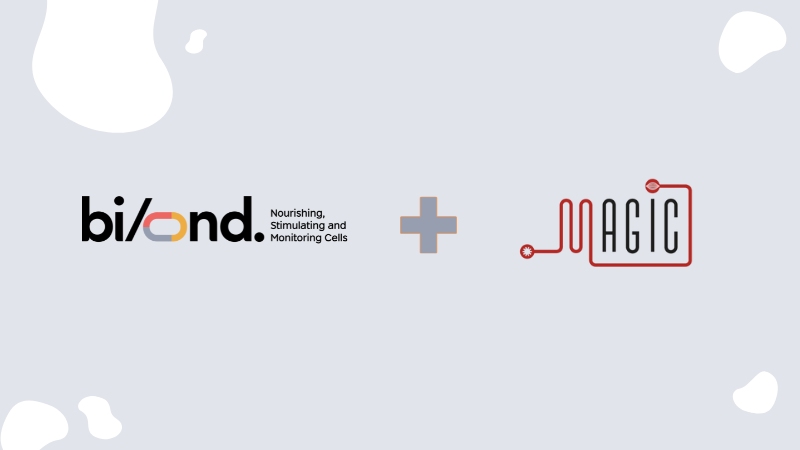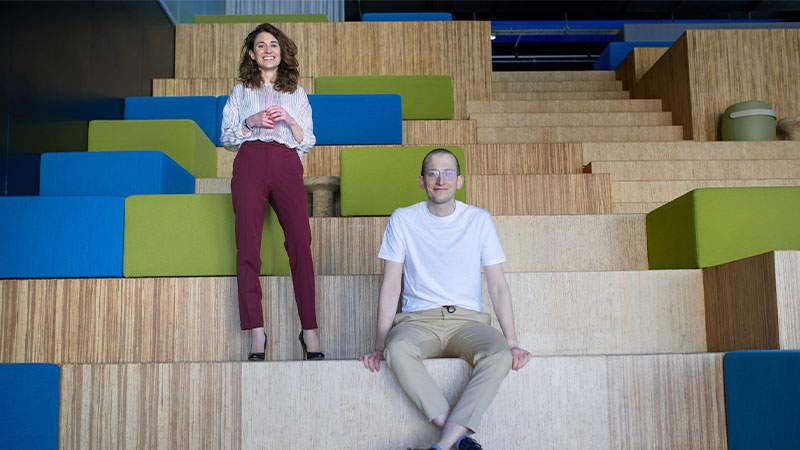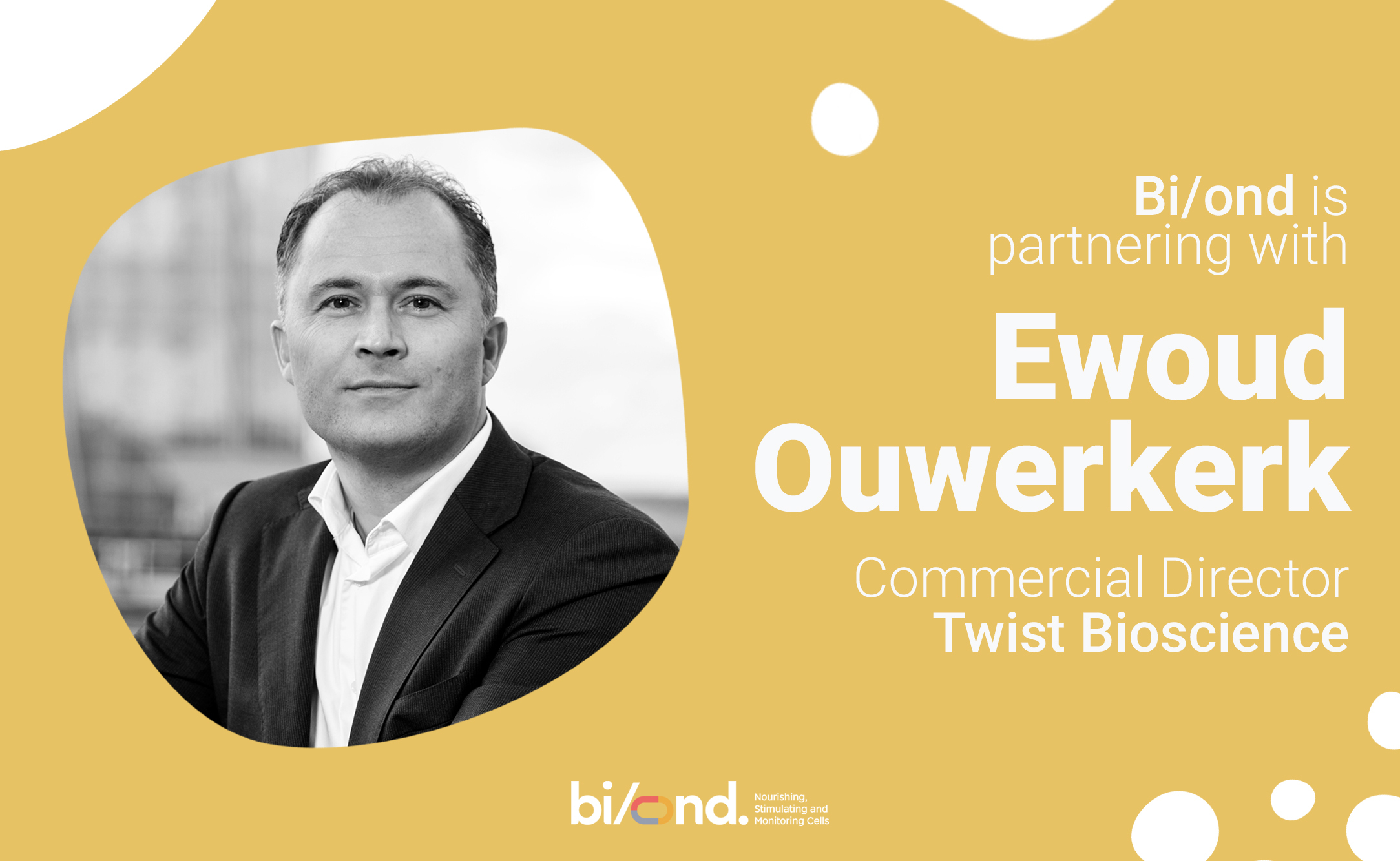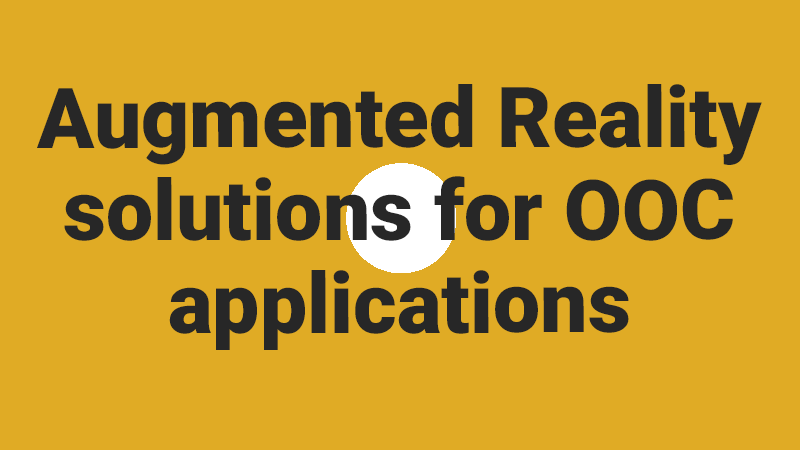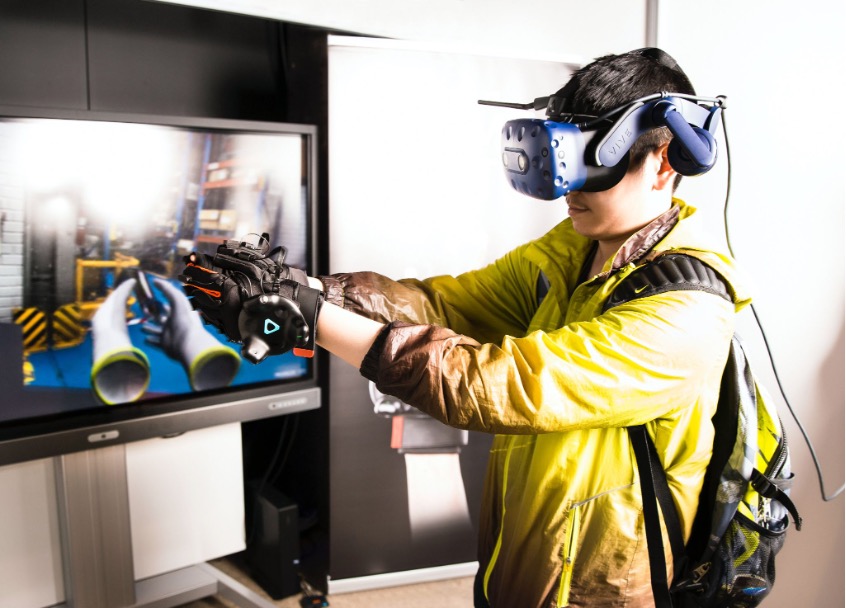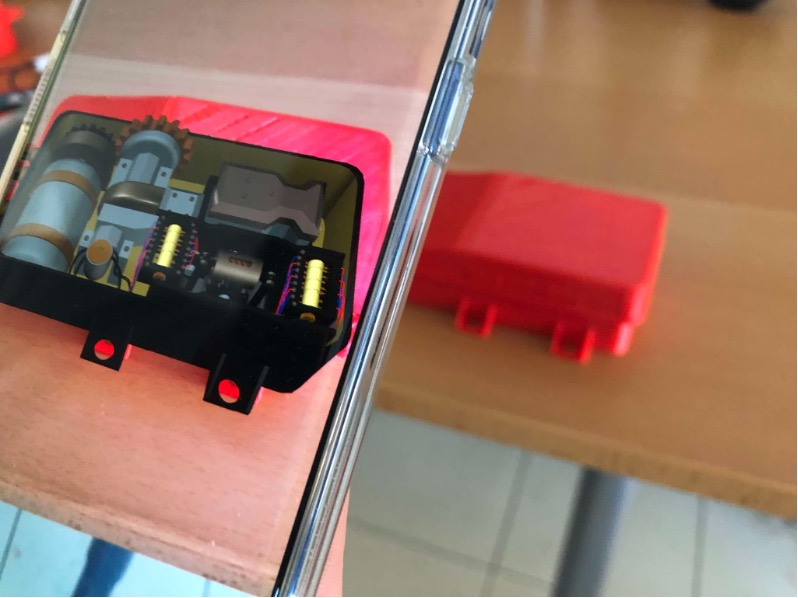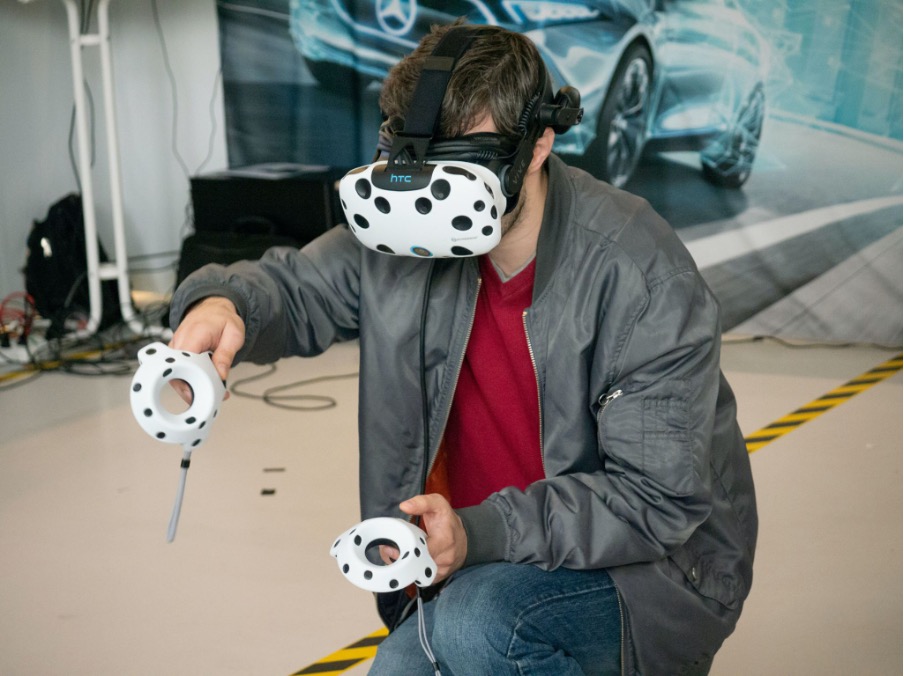Consortium to generate pre-clinical data for muscle disfunction drug candidate
Delft, The Netherlands – 13 February 2024 – Bi/ond, a cutting-edge Dutch startup focused on developing organ-on-chip platforms, is one of the proud recipients of the €1.1M Eurostars grant, awarded as part of the European Partnership on Innovative Small and Medium-sized Enterprises.
The Delft-based company is partnering with Vandria (Switzerland), as well as Biomeostasis and Assistance Publique – Hôpitaux de Paris (AP-HP) (France) for this project. Bi/ond will empower the rest of the consortium with their organ-on-chip hardware technology platform that uniquely incorporates essential features required for the successful development of muscular dystrophy models.
The project is funded by the European Union through the Eurostars program with joint contributions from the Netherlands Enterprise Agency (RVO), Bpifrance and Innosuisse, and will help advance the development of Vandria’s VNA-052, a best-in-class mitophagy inducer for the treatment of muscle diseases, toward the clinical phase.
Vandria’s muscle program mitophagy drug candidate, VNA-052, is expected to improve muscle function in patients with muscle pathologies of high unmet medical needs.
The program enables the consortium partners to make use of Bi/ond’s technology platform for the development of biological protocols and assays. A robust skeletal muscle model will be developed and used to understand what drives the muscle penetration of the drug candidate, as well as to give the possibility to study healthy versus diseased models.
AP-HP joins the consortium under the leadership of world leading sIBM expert Prof. Olivier Benveniste. The research organization will test VNA-052’s effect on immune cells from sIBM patients, as well as potential efficacy and target engagement biomarkers.
Finally, the Consortium is completed by in vivo model experts Biomeostasis who will develop a series of first-in-kind rodent models (Duchenne muscular dystrophy, sarcopenia) and downstream analysis pipelines to obtain proof of concept efficacy data for VNA-052 in other muscle indications, expanding the value of the compound and serving as mitigation for the sIBM program.
As a result of the collaboration, the group expects to be able to generate preclinical data that demonstrates the efficacy of the drug.
“The Eurostars grant presents a tremendous opportunity for Bi/ond to contribute to the development of effective therapies for muscular dystrophy, benefiting the millions of people worldwide suffering from these diseases. We are enthusiastic about leveraging our biological and engineering expertise, collaborating with pioneering organizations like Vandria, Biomeostasis and Assistance Publique – Hôpitaux de Paris (AP-HP)” states Dr. Cinzia Silvestri, CEO and co-founder of Bi/ond.
—
For further information contact:
Bi/ond
info@biondteam.com
Media Enquiries
Zuriñe Garcia
About Bi/ond
Bi/ond specializes in empowering biological innovations through microfabrication techniques and integrated electronics components. We engineer microfluidic chips that create reproducible biological models, reducing the need for animal testing. Our unique platform includes electrophysiology functionality, enabling stimulation and monitoring of muscle contractions. This technology is crucial for patients with rare genetic diseases, as it facilitates the development of tailored treatments. By studying organs on our platform, researchers gain insights into disease mechanisms and test the effects of drugs on human-derived tissues.
Read more: https://www.gobiond.com
Follow us on LinkedIn: https://www.linkedin.com/company/biond

